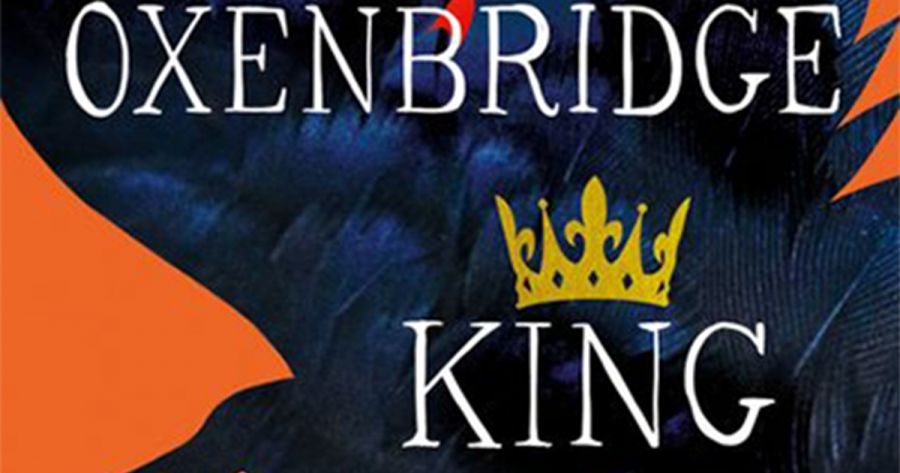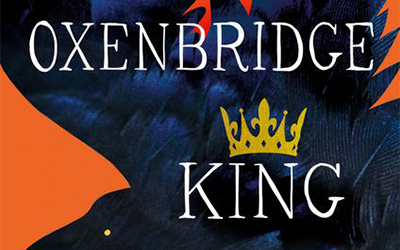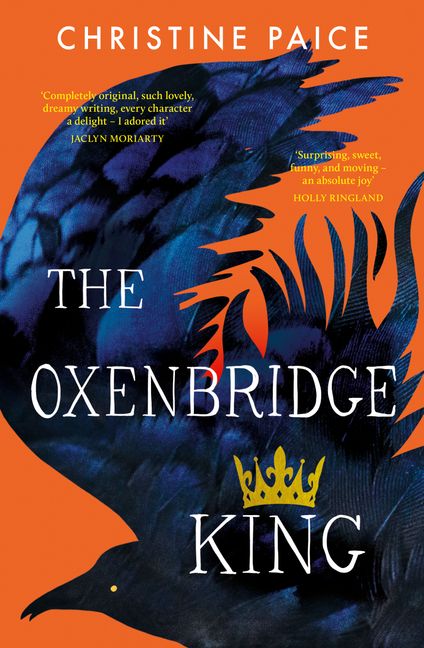
- Free Article: No
- Contents Category: Fiction
- Review Article: Yes
- Article Title: Surreal and vertiginous
- Article Subtitle: A dizzying fable of a novel
- Online Only: No
- Custom Highlight Text:
There is a great deal going on in Christine Paice’s new novel, The Oxenbridge King. In this narrative, we meet the troubled soul of Richard III (1452-85), unable to find rest, a contemporary young woman who struggles with loss and misjudged relationships, an angel emerging from his chrysalis after being trapped for centuries in the cellar of the family home, and a talking bird that operates as a link between characters, places, times. In what can feel like dreamlike jolts, the parallel immediacies of 500 years ago and today keep warping and collapsing into each other.
- Featured Image (400px * 250px):

- Alt Tag (Featured Image): Rose Lucas reviews ‘The Oxenbridge King’ by Christine Paice
- Book 1 Title: The Oxenbridge King
- Book 1 Biblio: Fourth Estate, $34.99 pb, 346 pp
- Book 1 Cover Small (400 x 600):

- Book 1 Cover (800 x 1200):

Paice, an Australian poet, creates a densely textured, sometimes surreal and vertiginous panoply of event and emotion: a novel that is part historical fiction, part gothic imaginings of a house literarily inhabited by the past, part philosophical commentary on the impact of an unaddressed past on our actions and choices in the present. The Oxenbridge King also makes surprising use of the madcap and the irreverent as it traverses its themes of particular and universal significance, and as the tone of its narration veers from the serious or transcendent to the everyday, the offbeat, even the absurdist.
Where does any story start? If ‘story’ can be understood as the way we humans have of making sense of ourselves and our world, Paice’s novel suggests that all stories, however personal they might feel, have their roots in other stories, and are part of an endless loop of story making. This flow – almost a flood in the novel – of interweaving narratives is initiated by a putative visit paid by King Richard to the Abbey of Stern in a town called Oxenbridge, not so long before his catastrophic encounter with ‘the Tudor’ at Bosworth Field in 1485. At the Abbey, he entreats the holy community to protect him with their prayers, but when the impressionable young monk, somewhat mythically named Daedalus, later sees Richard’s bloodied and desecrated corpse slung over a horse, he knows he has failed his king. When, 500 years later, Daedalus stirs in his underground tomb in a cellar in Oxenbridge, finding the Stern family occupying the house above, he comes to see that now is the time to right past wrongs, to help the suffering souls he encounters toward some kind of peace.
The figure of Richard III has long been one of the more ambiguous and mysterious in English history and literature – from Shakespeare’s Tudor-era depiction of him as monstrous and misshapen, to Josephine Tey’s 1951 detective novel Daughter of Time, which investigates Richard’s supposed culpability for the murder of his two nephews in the Tower, to Sonya Hartnett’s imaginative young adult fiction, The Children of the King (2012). Overwritten perhaps by Tudor propaganda, Richard has haunted popular imagination. Whose version is correct? Could he really be responsible for the deaths of his innocent nephews in a Machiavellian pursuit of power? What might a modern reappraisal of Richard look like? These questions were of course made immediate by the discovery of his remains under a car park in Leicester in 2012. Paice takes a whimsical approach that makes this a story both about how we view the character of Richard and, more broadly, one that considers the kinds of ghosts each of us carries and how to reckon with them.
The notion of an interstitial space between life and death – what Paice refers to as the shadow world of ‘Threadbare’ – is again one which has been explored in different contexts, most notably as a kind of purgatory, underworld, or, in the Tibetan context, the idea of the bardo. In this way, The Oxenbridge King could be seen as a close cousin of George Saunders’ Lincoln in the Bardo, being also part realist/part fantastical exploration of both an influential historical identity and a foray into an other-worldly fantastical space in which the unmanaged dead still cling to the shards of life and the living still reach out to them with unbearable longing. While Saunders created a quasi-drama with the voices of the dead and the voices of historical record, Paice has blended stories of past and present, allowing the spaces, concerns and souls of the protagonists to co-exist in an extended metaphor of guilt, repression, loss, and their hopeful antidotes of compassion and finding.
As the novel swings between various kinds of worlds, Raven, the smart-mouthed talking bird, operates as a slightly unreliable guide – for Richard’s soul, stranded in the purgatory of Threadbare, for Daedalus as he seeks to rise from various kinds of darkness toward light and insight, and even for Molly Stern and her family, who grapple with their own questions and pains. Raven’s cocky voice also counterbalances the novel’s otherwise portentous themes of life, death, guilt, salvation; for instance, his semi-joking reference to the bedraggled soul of the monarch as his ‘Kingly King, Ricardo’ creates another possible tone and interpretation for the reader, lightening the mood.
The publicity for The Oxenbridge King likens it to the work of Neil Gaiman, among others. Apart from more adult themes such as sexual misadventure, fear of dementia, broken families, Paice’s narrative is reminiscent of Gaiman’s novella Coraline, with its evocation of the gothic trope of the haunted house as a representation of secrets and closures both within the self and within the organism of the family or inner community. In Paice’s version, the architectural metaphor of the house – what is upstairs, what has access to the everyday world, and what is below, cellars that tip into centuries, fantasies, psychological realities – is supplemented by the rigidity of the tower as a place of restraint and guilt. Caught in the past, Molly has literally been ‘half in love’ with death: through the opening of trapdoors, windows, even catflaps, this dizzying fable of a novel signals what it might mean to let happiness in.


Comments powered by CComment